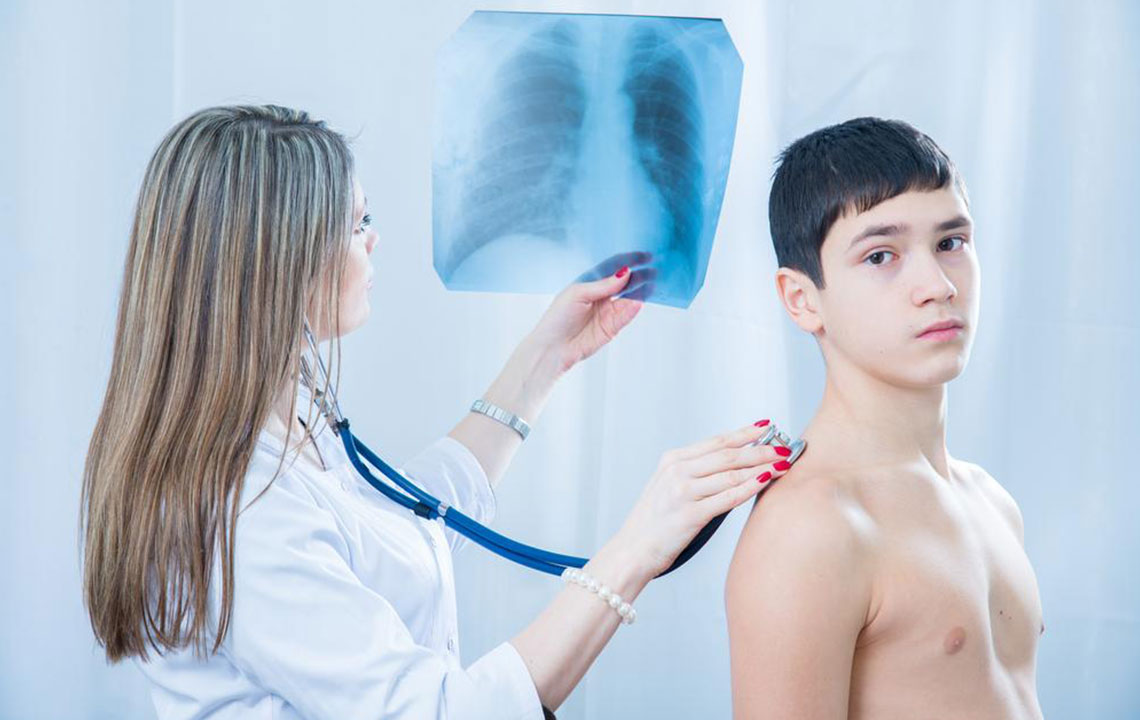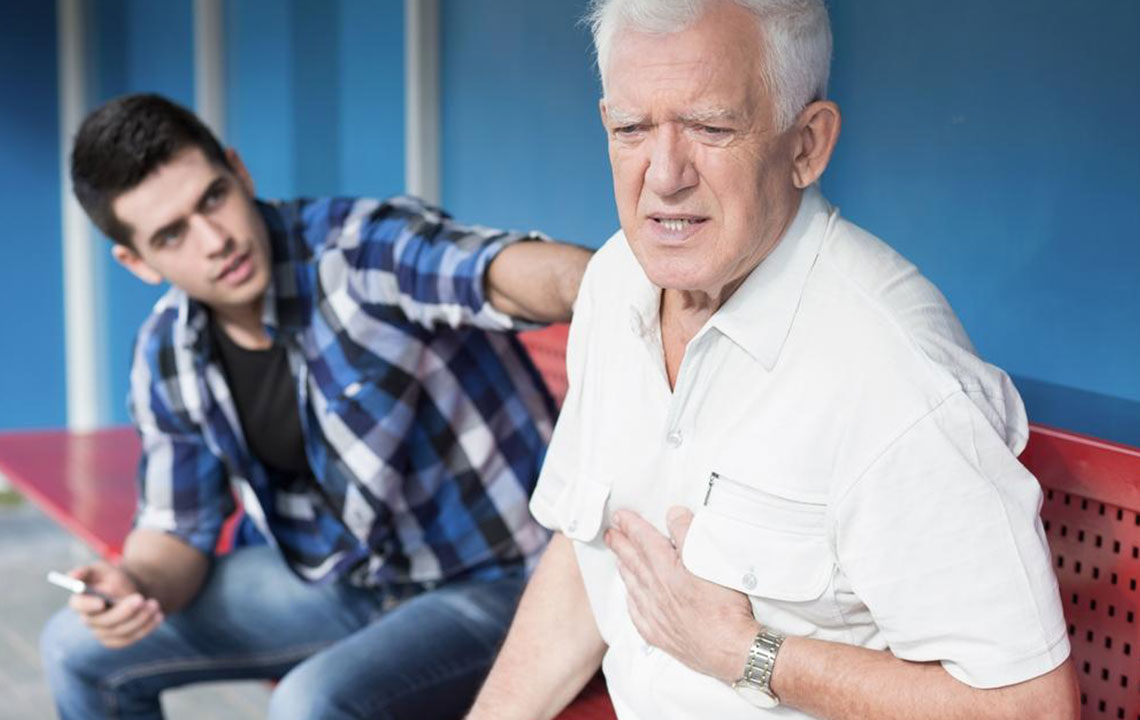Comprehensive Guide to Anal Fissures: Causes, Symptoms, and Effective Treatments
This comprehensive guide explores everything about anal fissures, including their causes, symptoms, diagnosis, and both conservative and medical treatments. Learn effective strategies for relief and prevention to improve quality of life.

Understanding Anal Fissures: Causes, Symptoms, and Effective Treatment Strategies
Anal fissures are small, painful tears that develop in the lining of the anal canal. These tears can cause significant discomfort and inconvenience, especially during and after bowel movements. Although they might seem minor, anal fissures can severely affect quality of life if not properly managed. The condition is more common than many realize and affects people across different age groups, but certain populations are more at risk. Recognizing the signs, understanding the underlying causes, and exploring effective treatment options are crucial steps toward recovery. In this comprehensive guide, we examine everything you need to know about anal fissures—what causes them, their symptoms, and the best approaches for treatment and prevention.
Anal fissures overview
Common symptoms and causes
Diagnosis and medical evaluation
Conservative management: lifestyle and dietary changes
Medical and surgical treatment options
Preventive measures and tips
What Are Anal Fissures?
Anal fissures, known medically as anal tears, are small cracks or splits in the lining of the anal canal. These tears occur when the thin mucosal lining of the anus experiences trauma, often from passing hardened stool, quick bowel movements, or straining. The pain associated with fissures can be intense, sometimes described as a sharp or burning sensation during bowel movements. In some cases, bleeding occurs, usually bright red blood present on the stool or toilet paper. The fissure may also cause itching, irritation, or discomfort in the anal region, which can persist even outside of bowel movements. Chronic fissures may develop if initial injuries are not properly treated, leading to continuous discomfort and potential complications.
Understanding the Causes of Anal Fissures
The primary causes of anal fissures typically involve trauma or injury to the anal mucosa. Hard stools and constipation are among the most common contributors, as straining during bowel movements increases the likelihood of tearing. Chronic diarrhea can also irritate the anal lining, leading to fissure formation due to repeated inflammation and injury. In addition, repeated anal trauma during activities such as anal intercourse can cause tears. Pregnant women may develop fissures due to increased pressure on the rectal area and hormonal changes that affect stool consistency. Inflammatory bowel diseases, such as Crohn's disease and ulcerative colitis, are also risk factors, as these conditions inflame the intestinal lining and weaken the tissue, making tears more likely. Understanding these causes helps in adopting preventive practices and targeted treatments.
Symptoms and Signs of Anal Fissures
Identifying the symptoms of anal fissures is essential for early diagnosis and effective management. The hallmark symptom is a sharp, burning pain during bowel movements, which may persist for minutes afterward. Many individuals notice blood on the stool, toilet paper, or in the toilet bowl after defecation, indicating bleeding from the fissure. Some people experience persistent itching, irritation, or a feeling of fullness or pressure in the anal area. Due to pain associated with bowel movements, patients often develop a fear of defecation, leading to stool withholding and further constipation. In chronic cases, skin tags or hypertrophied anal papillae may develop around the fissure, indicating longstanding injury. Recognizing these symptoms early enables timely medical intervention and reduces the risk of complications.
Diagnosing Anal Fissures
Diagnosis is primarily based on a thorough medical history and physical examination. A healthcare provider will inquire about bowel habits, pain patterns, and associated symptoms. During the physical exam, especially the digital rectal examination, the provider can observe the anal canal to identify the fissure, inflammation, or other abnormalities. In certain cases, anoscopy or sigmoidoscopy may be recommended to evaluate the extent of the injury and rule out other conditions such as hemorrhoids, abscesses, or tumors. Accurate diagnosis is vital to establish an appropriate treatment plan and rule out other causes of anal pain. Most fissures are diagnosed visually and through patient history, without the need for invasive procedures.
Conservative Management and Lifestyle Modifications
Many anal fissures respond well to conservative, non-invasive treatments. Lifestyle adjustments and dietary modifications are first-line approaches to promote healing and prevent recurrence. Increasing fiber intake through foods like fruits, vegetables, whole grains, and legumes adds bulk to stool, making bowel movements softer and easier to pass. Staying well-hydrated by drinking ample water reduces stool hardening. Regular physical activity encourages healthy bowel movements and reduces straining. Additionally, sitting in warm sitz baths for 10-15 minutes several times a day can relieve pain, relax the anal sphincter, and improve blood flow to promote healing. Over-the-counter stool softeners and topical anesthetics, such as lidocaine or hydrocortisone creams, can provide symptomatic relief. Patients are advised to avoid straining, prolonged sitting, or heavy lifting, which can exacerbate the condition.
Medical and Surgical Treatment Options
When conservative methods fail to resolve the fissure or if it becomes chronic, medical interventions may be necessary. Topical nitroglycerin ointment or calcium channel blockers help relax the anal sphincter, reducing pain and promoting tissue healing. Botulinum toxin (Botox) injections can also be used to temporarily paralyze the sphincter muscles, decreasing pressure and allowing the fissure to heal. In more resistant cases, surgical options are considered, most commonly a lateral internal sphincterotomy. This procedure involves making a minor incision in the internal anal sphincter to decrease muscle spasm and facilitate healing. Surgery has high success rates but carries risks such as incontinence, which are minimized when performed by experienced surgeons. Postoperative care, including maintainance of hygiene and stool softening, is essential for complete recovery.
Preventive Strategies and Tips to Avoid Fissures
Prevention plays a crucial role in managing anal fissures. Maintaining a healthy, fiber-rich diet ensures softer stools and fewer straining episodes. Adequate hydration is equally important to prevent constipation. Establishing regular bowel habits and avoiding prolonged sitting or straining during defecation can reduce injury risk. Gentle anal hygiene, avoiding harsh soaps or scrubbing, minimizes irritation. For pregnant women or individuals with inflammatory conditions, managing underlying health issues is vital. Regular exercise, pelvic floor exercises, and avoiding heavy lifting further contribute to anal health. If prone to fissures, seeking early medical advice at the first signs of discomfort can prevent chronic problems and the need for invasive procedures. Overall, good hygiene, healthy lifestyles, and timely intervention are key to preventing re-injury.
In conclusion, understanding anal fissures involves recognizing their causes, symptoms, and available treatments. Early diagnosis and comprehensive management can significantly reduce discomfort and prevent recurrence. With proper lifestyle habits and medical care, most individuals recover fully and regain comfort in daily activities. If you experience persistent anal pain, bleeding, or irritation, consulting a healthcare provider is essential for accurate diagnosis and appropriate treatment plans. Remember, timely intervention not only alleviates pain but also helps maintain overall anal health and well-being.





